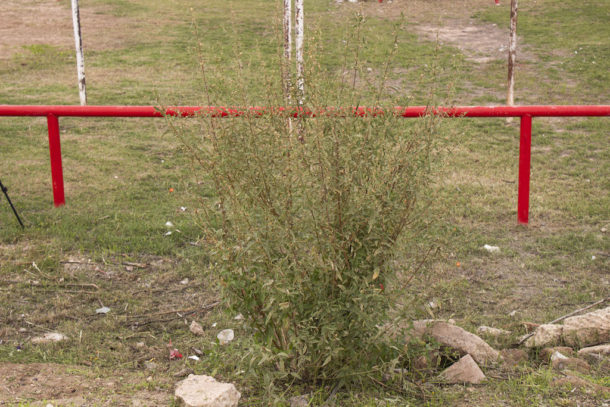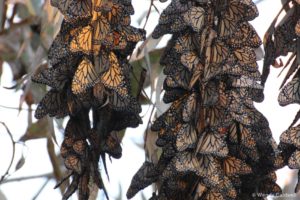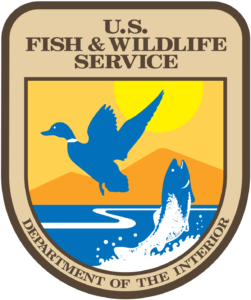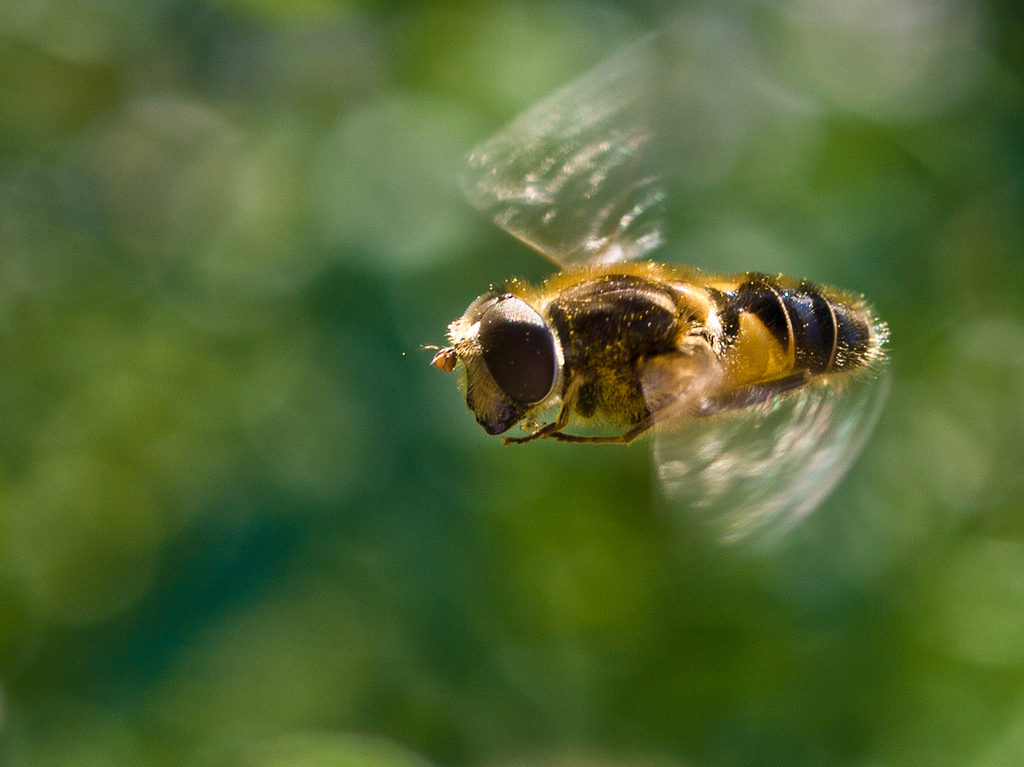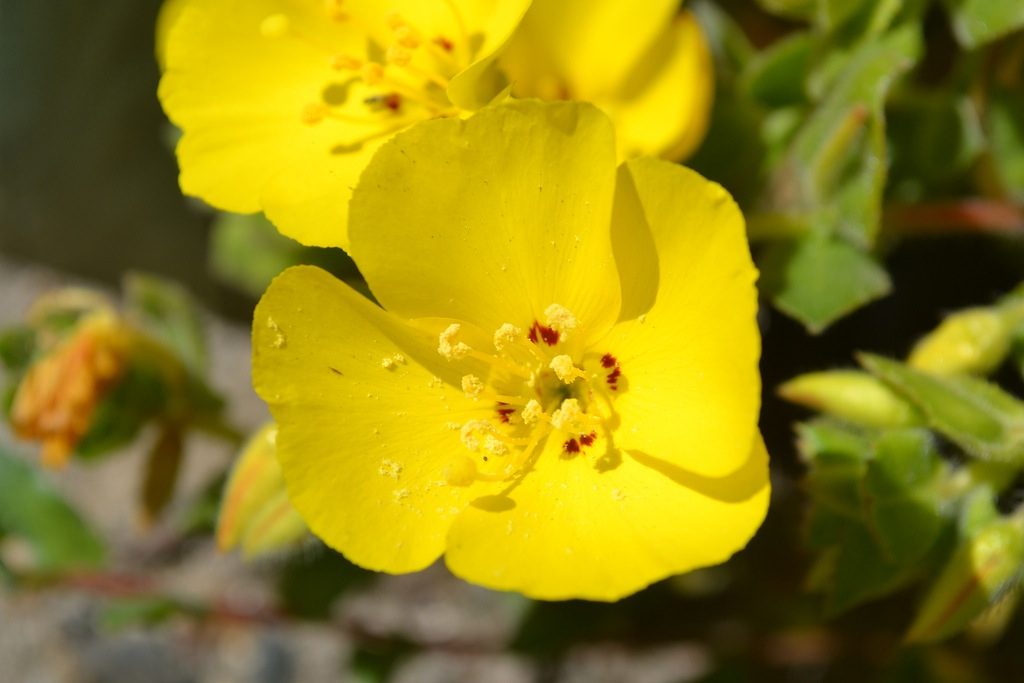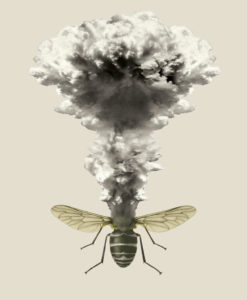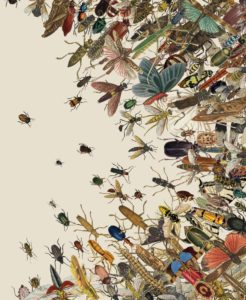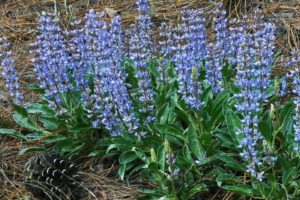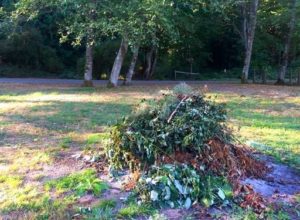Researchers from Auburn University went to a small Texas town to study bee populations. They found much more diversity than expected. They also discovered three plants that seemed to be primary food sources for these bees. This led to the creation of a biodiversity ordinance that will protect these particular plants from disturbance or removal. Violation of this ordinance is considered a misdemeanor offense and will carry a penalty of $2,000 per occurrence. Natural resource and conservation organizations in North Carolina work with local governments to incorporate wildlife-friendly practices into their ordinances. We need to bring biodiversity ordinances to North Carolina – what a great idea! Click here to read the full article.
